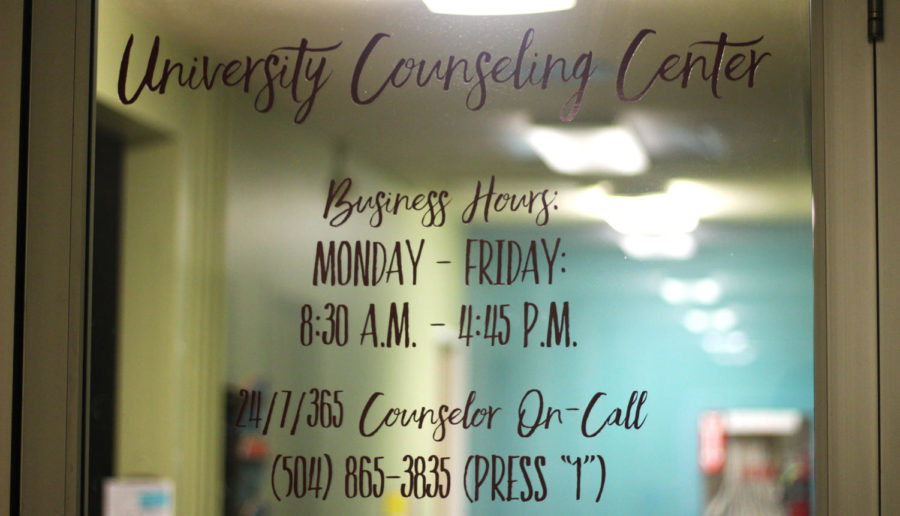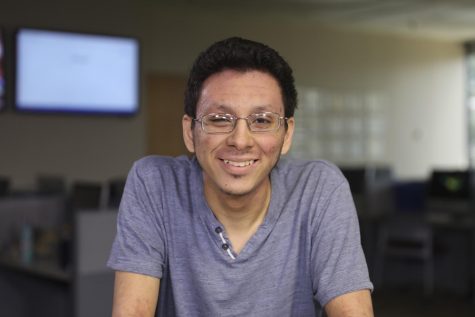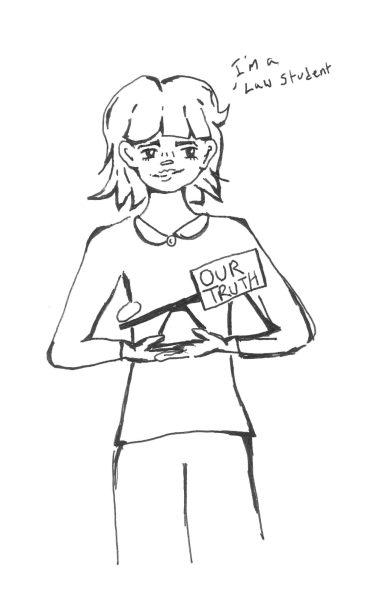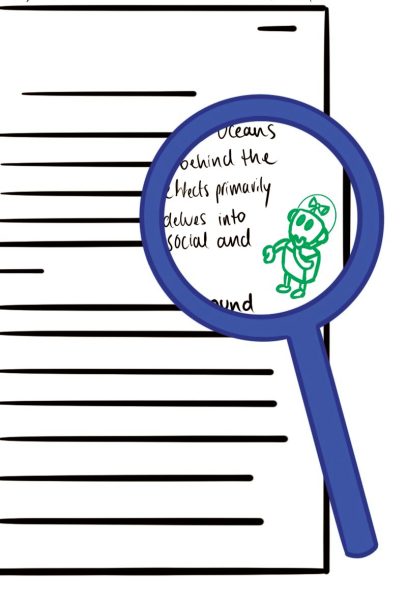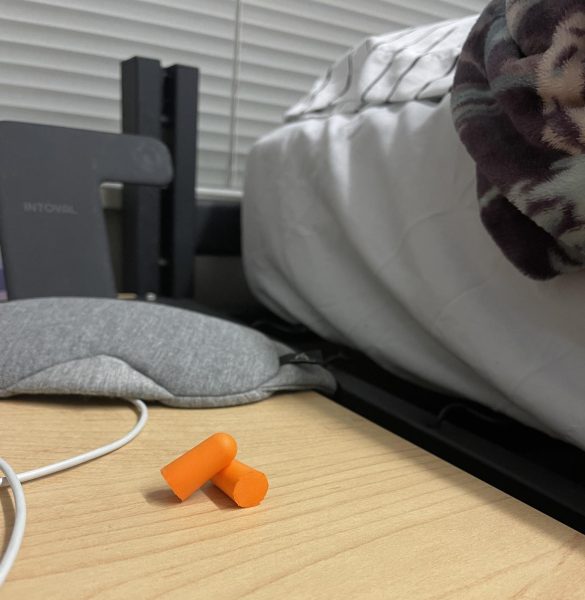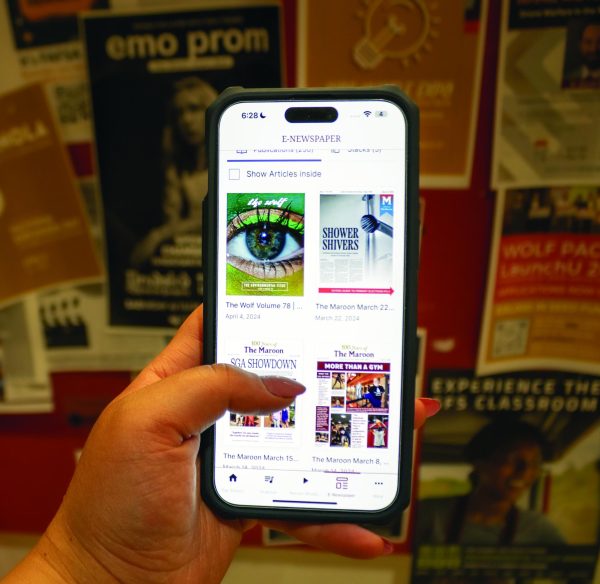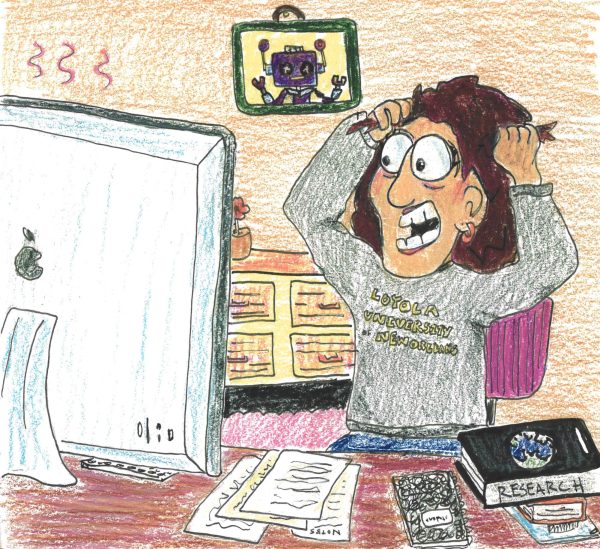Opinion: The hardships of having an invisible illness can be frustrating
Laura encourages people to reach out for help, especially when in college. She explains the benefits of doing research on illnesses. Photo credit: Cristian Orellana
November 11, 2018
What does “invisible illness” mean? It is a broad umbrella term for any medical condition that is not immediately apparent to others. Conditions that are not easily visible include chronic pain, mental illness, diabetes, seizure disorders and much more. According to the 2002 US Census Bureau, 96% of people with chronic medical conditions live with an illness that is invisible.
For the past seven years I have lived with Chronic Regional Pain Syndrome. CRPS is a disease of the central nervous system where any stimulus is perceived by the brain as severe pain. On the outside I look like any other college student. However, I am in constant, intense pain. One of the most difficult aspects of having an invisible illness is dealing with other people’s reactions. It is often difficult for others to acknowledge or understand these illnesses. After all, there is seemingly no visible evidence of the struggle.
So, another side effect of having an invisible illness is the responsibility of having to explain what is wrong. Myself and my family have come up with what we term “elevator speech explanations”. This involves simplifying your illness into a few short sentences, providing an explanation in the short amount of time you would spend with a person when sharing an elevator.
I’ve experienced frustrating situations over the years. I’ve received written notes placed on my windshield, chastising me for using the handicap space when I “clearly don’t need it.” I try to remind myself that this action most likely comes from a good place, someone feeling the need to stand up for disabled rights. But it hurts to the core. I find myself doubting myself. “Do I really need to use this space? Someone else might need it more than me.” It is frustrating that social influence causes self-doubt.
I’ve also experienced more direct reactions. When telling someone I have CRPS, a frequent immediate response is, “but you don’t look sick.” When confronted with that statement, a variety of answers flow through my mind. Depending on the day or moment, you’ll never know what you’ll get. I may say “why thank you!” but it is often tempting to say, “you have no idea how much makeup it took to look this good,” or “thanks, but I feel awful.”
I can understand why it may be difficult for people to accept the existence of an illness that they cannot visibly see. This common skepticism motivates me to share my experiences. Without awareness, social stigma abounds. However, it is not enough to simply raise awareness. A vital step in fighting social stigmas is to explain these experiences on a more personal level. A common feeling amongst those living with an invisible illness or disability is a sense of isolation. But in reality, this struggle is so incredibly common. In fact, research shows that invisible disabilities are the most common type of disability among college students.
Do not hesitate to ask for help or share your story. Raising awareness and understanding about all invisible illnesses is essential. I encourage you to ask questions, research further and start dialogues.


